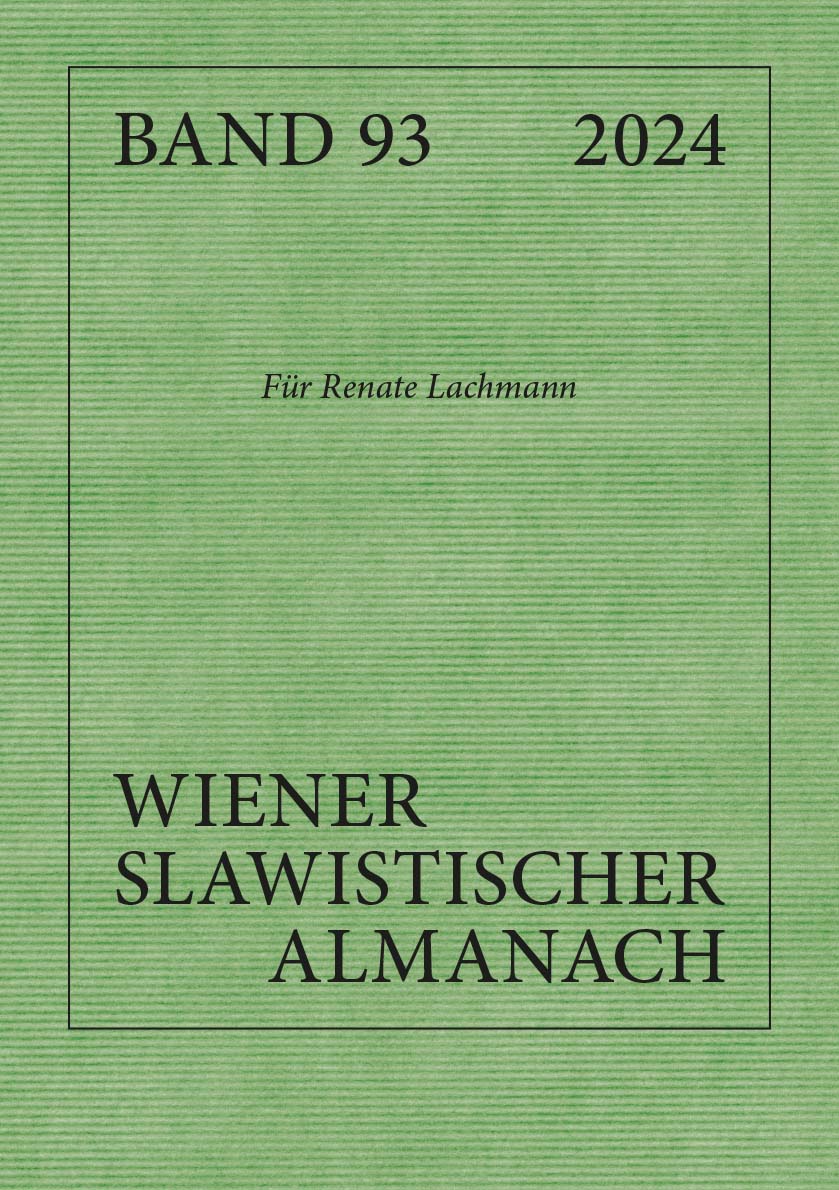Don Quijote und Dulcinea in der russischen Revolution. Zu Platonovs Roman „Čevengur“
Veröffentlicht am 04.02.2025
Schlagwörter
- Cervantes,
- Menippea,
- Russian revolution,
- “Stroiteli strany”,
- “Chevengur”
Abstract
My essay focusses on the questions of why Platonov felt the necessity to borrow several characters from Cervantes’ Don Quixote and which role they have played in his novel Chevengur. Kopenkin, the equivalent of Don Quixote, is presented as a crazy anarchist knight errant who roams the vast landscape of the Russian revolution in order to accomplish heroic deeds in the name of Rosa Luxemburg, who is the counterpart of Don Quixote’s adored noblewoman Dulcinea. In the second part of the novel, Kopenkin, inspired by his Rosa, comes to the conclusion that the communism of the utopian city Chevengur is a mere illusion. Platonov, no doubt, shows much sympathy for Kopenkin, which he could not openly express because of the Soviet censorship. This is the reason why he not only adopted from Cervantes the character of the crazy knight but also the literary genre of the Menippean Satire which gave him more artistic freedom than any realistic description. Some significant changes in the transition from the first version of Platonov’s novel which was entitled The Builders of the Country (Stroiteli strany) to the final version with the title Chevengur speak in favour of this hypothesis.
Zitationsvorschlag
Copyright (c) 2025 Hans Günther (Autor/in)

Dieses Werk steht unter der Lizenz Creative Commons Namensnennung 4.0 International.

